Immersive Culinary Experiences in Spain: Market-to-Table 2026

For culinary experiences that combine tradition, terroir, and art in 2026, Spain is the ideal destination. From candlelit tasting menus to the hustle and bustle of dawn markets, tourists are looking for intimate, seasonal, and distinctly local culinary experiences. In order to help you create market-to-table journeys that are both elegant and unforgettable, this guide distills expert knowledge, luxury touches, and useful strategies.
Why Spain in 2026 Is the Perfect Canvas for Culinary Travel
Mediterranean produce, Pyrenean cheeses, Atlantic seafood, and premium olive oils make up the Spanish pantry, which is a tapestry. Spain is the perfect destination for culinary experiences of all kinds in 2026 due to its infrastructure, hospitality, and developing wine scene. Spain rewards curiosity with layered flavor and flawless craftsmanship, whether your preference is for a private tasting under cathedral vaults of barrels or chef-led shopping at a local mercado. Culinary experiences in this location are lived traditions, not staged performances.

The Market-to-Table Ethos
Market-to-table is more than just a catchphrase. It’s a mode of transportation that connects mornings spent in bustling marketplaces with afternoons spent in kitchens and evenings spent at tables. Markets serve as classrooms, farms as storybooks, and tasting rooms as salons for lively conversation in the best culinary experiences. Culinary experiences tied to the year’s real pulse include heirloom tomatoes in July, wild mushrooms in November, and freshly milled olive oil in late autumn.
The Regions That Define Spanish Flavor
The Basque Country: Pintxos, Atlantic Bounty, and Michelin Grace
The old town of San Sebastián is full of bars with gilded pintxos resting like precious gems. One of the most unforgettable culinary experiences you can organize is a guided crawl: slow-cooked cheeks over silky purée; spider crab gratin still sizzling; anchovies, guindilla pepper, and olive. Beyond pintxos, La Bretxa’s chef-led market tours offer culinary experiences that demonstrate how the sea shapes the menu, including hake throats, percebes, and the language of the tides. For culinary experiences that combine brine, citrus, and sea breeze in one glass, pair with txakoli vineyards that overlook the Bay of Biscay.
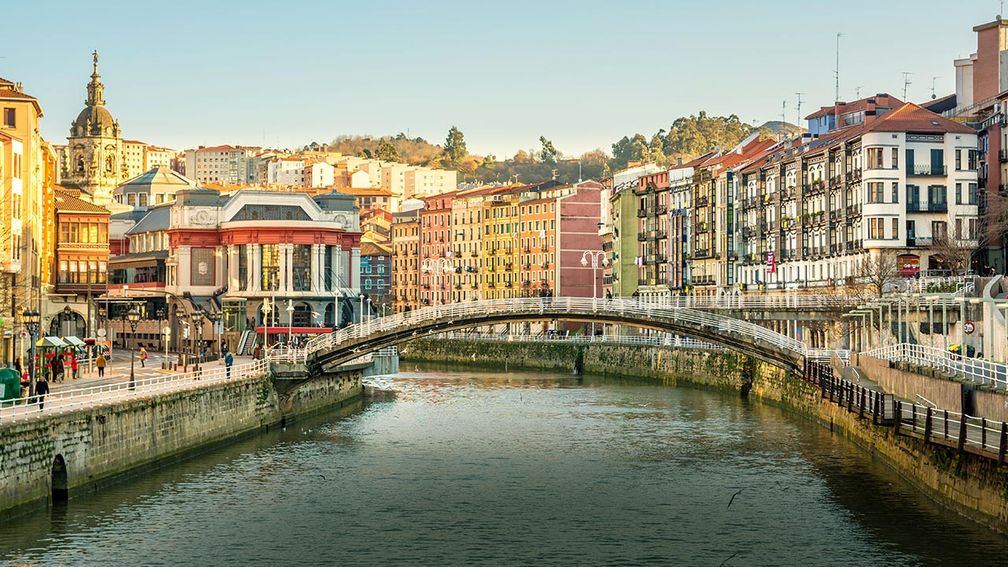
Catalonia: Modernist Technique Meets Farmstead Heritage
Color and spectacle can be found in Barcelona’s Santa Caterina and La Boqueria markets, where you can find pyramids of cherries, sheets of cod, and tiny vials of saffron. These ingredients are transformed into suquets and escalivada—culinary experiences that seamlessly transition from stall to skillet—by private workshops at a Catalan farmhouse. Outside of the city, Priorat’s slate-laced vines and Penedès’ cava houses elevate culinary experiences with careful pairings, such as grilled lamb shoulder with mineral, old-vine garnacha or calcots in season with sparkling brut nature.
Andalusia: Olive Oil Cathedrals and Sherry Soleras
Andalusia is a meditation on time, from the serene bodegas of Jerez to the silver seas of olive trees of Jaén. One of the most intimate culinary experiences is visiting an olive oil mill in late autumn, where you can sample vibrant green new oil with notes of tomato leaf, artichoke, and almond. Fino, manzanilla, and palo cortado in a candlelit solera in Jerez are examples of culinary experiences that alter your perspective on gastronomy—a map of patience and clarity. In Cádiz, end with a seafood feast where the camarone tortillitas crackle like the surf—culinary experiences reduced to joy and lightness.

Valencia: Rice Culture and the Art of Fire
The essence of paella is found in Valencia’s Albufera wetlands. Scholarly and sensual culinary experiences can be created by taking a boat ride during golden hour and then cooking in a farmhouse with a master paellero. Learn the language of broth, socarrat (the coveted caramelized crust), and sofrito. Visit Ruzafa Market to purchase heirloom beans, then sample horchata and orange-blossom honey, two culinary experiences that strike a balance between the sweetness of the sun and the control of flame.
Madrid: Cosmopolitan Tables, Neighborhood Markets
Madrid blends urban polish with tradition. Culinary experiences that feel both aristocratic and approachable are framed by mornings at Mercado de la Paz and a private vermouth tasting. In 2026, the city’s dining rooms will transform culinary experiences into theater—polished service, crystal stemware, and a sense of ceremony. Reserve a chef’s counter menu, where seasonal dishes parade with precise rhythm.
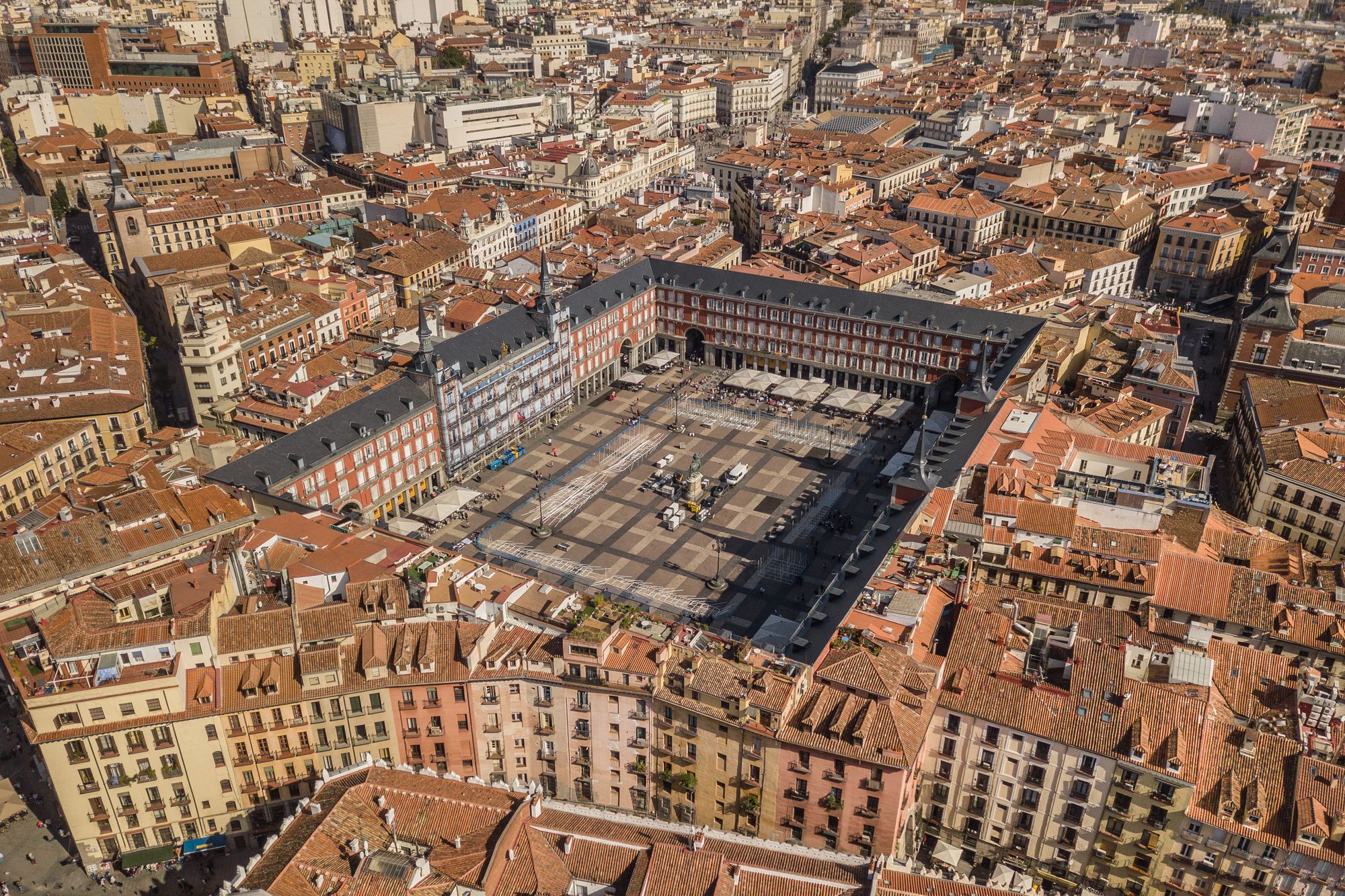
Galicia: Atlantic Purity and Pilgrim Warmth
The whisper of seafood in Galicia is poetic: blue lobster, scallops, and razor clams. Discover a fish auction at sunrise, followed by a lunch where albariño envelops a briny sweetness—culinary encounters that bring the vineyard and the ocean into harmony. Gastronomic adventures rooted in mist, granite, and green are completed inland with Galician beef tastings and artisan cheese caves.
The Balearics: Island Gardens, Sea-Scented Menus
Garden-led kitchens are popular in Mallorca and Menorca. Anticipate sea herbs that scent fish, citrus groves, and indigenous grapes like callet. One of the most glitzy dining experiences is a private sail-and-supper day, where you anchor in a turquoise cala to grill prawns and then dock for tapas at sunset. When every component is carefully chosen, island simplicity turns into luxury—culinary experiences as pure, salty poetry.
Click here to discover the 15 Best Things to Do in Ibiza
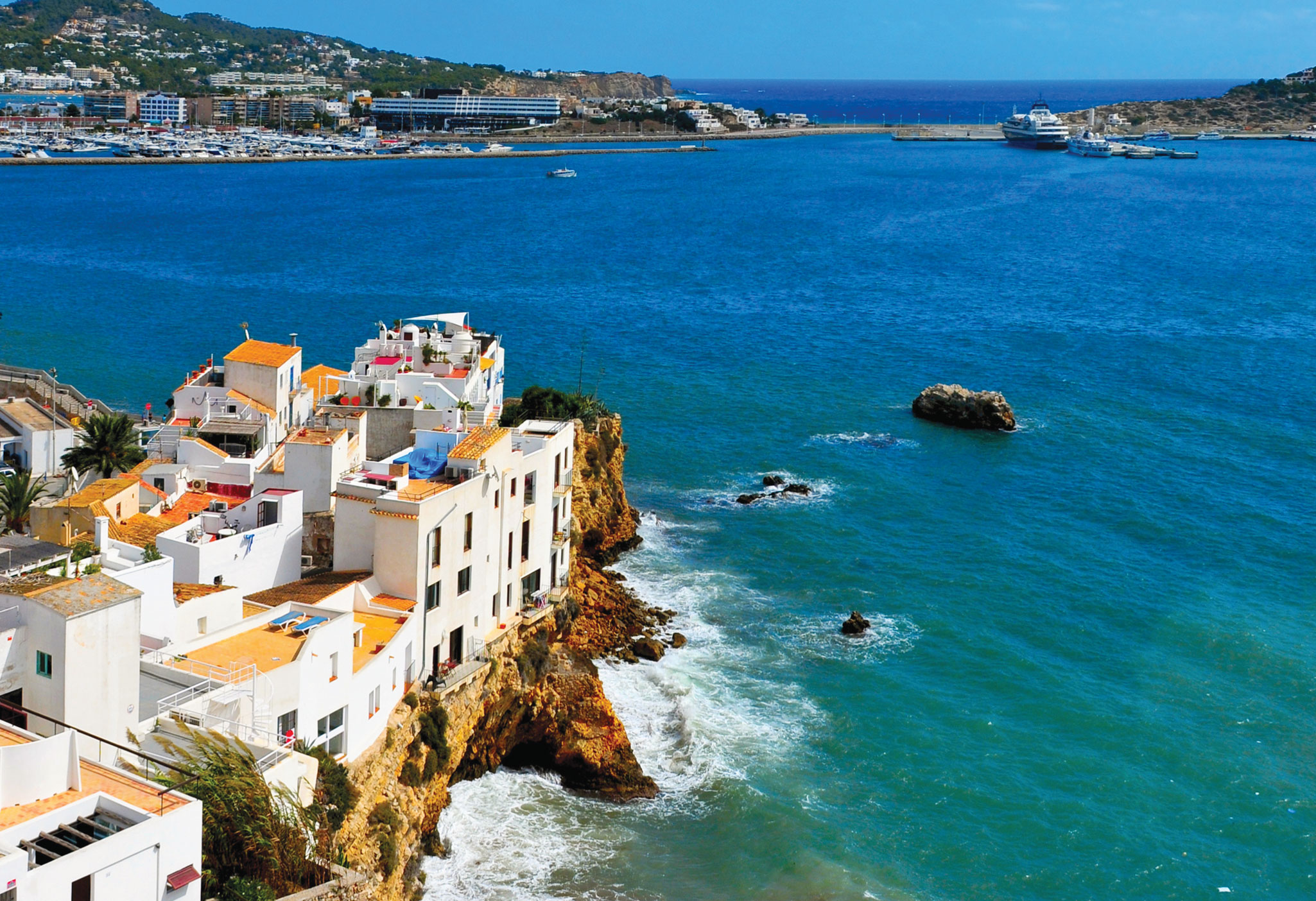
Spain’s Market-to-Table Calendar: What to Plan for 2026
Spring (March–May): lamb and baby peas; asparagus, strawberries, and artichokes. Plan your culinary adventures around farm lunches and early evening market strolls when the stalls are glowing and the light is still present.
Summer (June–August): Tuna, squid, coastal sardines, tomatoes, peaches, and peppers. Arrange culinary adventures by the sea with chefs who love wood fire and cold rosado.
Autumn (September–November): Olive oil harvest starts; wild mushrooms, game, grapes, and pomegranates are available. Truffle expeditions and olive milling turn into ultimate culinary adventures.
Winter (December–February): Sweetest shellfish, robust greens, and citrus. Hearty stews and lengthy, reflective tastings are the results of culinary experiences in fire-lit kitchens.
Signature Market-to-Table Routes for Discerning Travelers
Route 1: Barcelona—Delta del Ebro—Priorat (3 Days)
- Day 1: Hands-on seafood rice in a private loft kitchen; a chef-led morning tour of La Boqueria—two interwoven culinary experiences in one arc.
- Day 2: Take a pontoon to Delta del Ebro for oyster tastings; visit a garden in the afternoon and pair it with olive oil for a gastronomic experience that combines brackish water and orchard sun.
- Day 3: Lunch among vines and Priorat cellars; a guided menu designed to complement the structure of garnacha—culinary experiences with velvet finish and mineral spine.
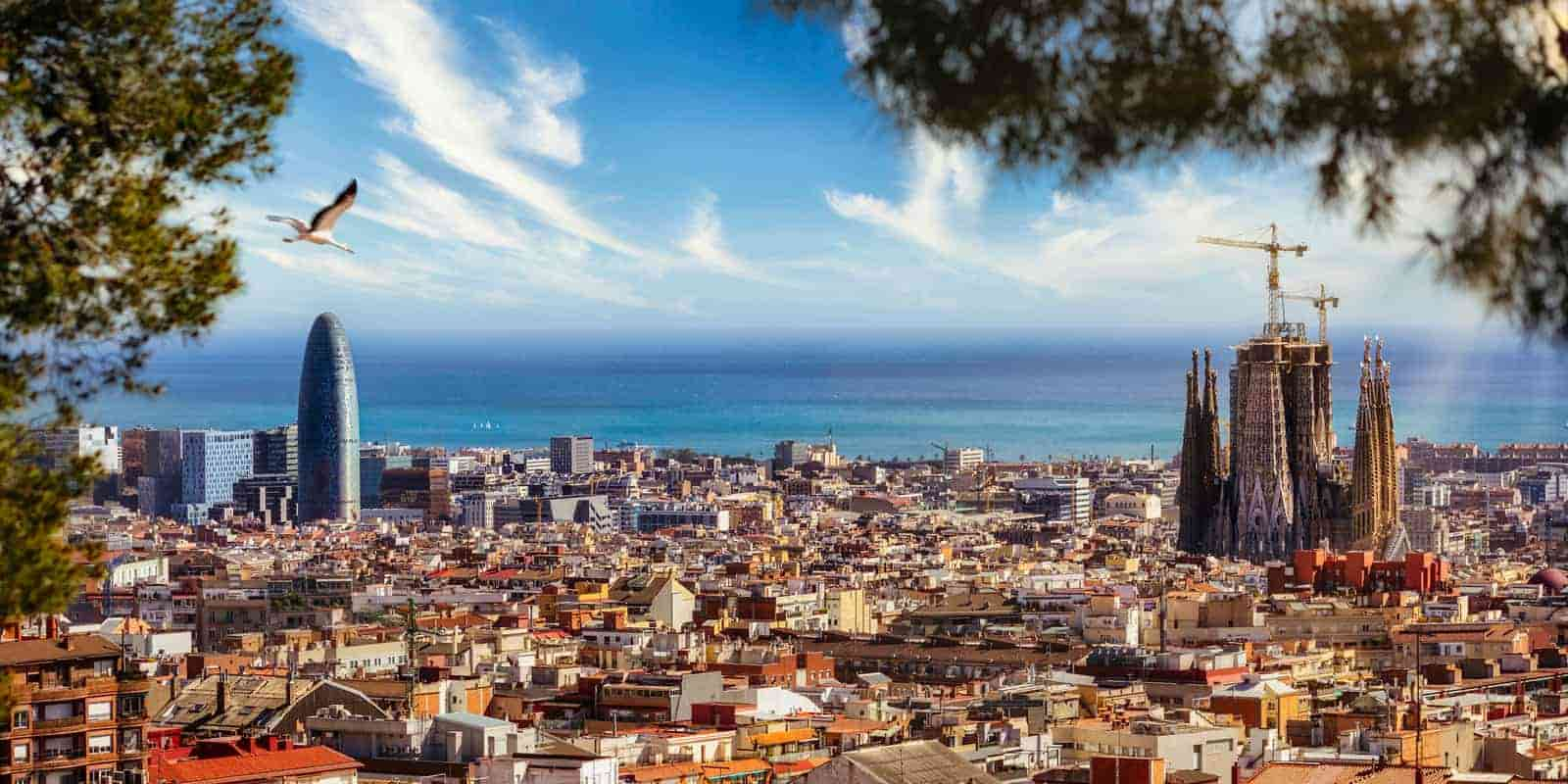
Route 2: San Sebastián—Getaria—Rioja Alavesa (3 Days)
- Day 1: Market visit and Pintxos masterclass; evening chef counter—urban culinary adventures with virtuoso pacing.
- Day 2: grilled turbot at a family-run asador—culinary experiences focused on smoke and spray; Getaria fishing harbor at dawn, followed by txakoli vineyards.
- Day 3: Lunch in a winery cave—gastronomic adventures steeped in history and limestone—and a tour of the Rioja Alavesa’s architecture and barrel tasting.
Route 3: Valencia—Albufera—Requena (2 Days)
- Day 1: Harvest walk at Ruzafa Market; paella in the wetlands over an orange-wood fire—gastronomic experiences that respect rice as a custom.
- Day 2: A workshop on artisan charcuterie and sparkling wines in Requena—gastronomic adventures that strike a balance between depth and brightness.

Private Experiences Worth the Splurge
Chef’s Market Walk + Atelier Lunch
After touring their preferred purveyors with a top chef, you return to a private atelier to plate your discoveries. Rare insights are gained from these culinary encounters, such as how to choose cuttlefish, why some olive oils sing while others whisper, and when to add salt to bring out the sweetness. It’s culinary experiences that are worthy of a memoir—pedagogy with porcelain and linen.
Olive Oil Harvest and Mill Tasting
While pressing, visit a boutique mill. Culinary experiences as vivid as a first edition can be had with warm, emerald oil drizzled over bread topped with sliced tomato and flor de sal. Learn about cultivars such as picual, hojiblanca, and arbequina, as well as how bitterness and peppery bite indicate polyphenol richness. These culinary experiences will help you become a knowledgeable taster.
Bodega Salon: Sherry, Cava, or Vintage Rioja
A salon-style tasting transforms culinary experiences into uncommon discussions with its limited seating, mature vintages, and careful glassware. Discover the evolution of oxidative styles, the geometry of bubbles, and the significance of time and oak. For layered-texture culinary experiences, pair with aged Manchego, jamón ibérico, or caviar.
Sustainability and Seasonality: Choosing Experiences with Integrity
Low-waste kitchens, regenerative farms, heritage breeds, and fish caught by small boats are among the most memorable culinary experiences. Inquire with operators about their origins and give them a fair wage; moral dining experiences support the communities that support the table. The future of culinary experiences is luxury with conscience: refill water, reuse linens, and choose electric transportation whenever possible.

Practical Planning for 2026: Dates, Budgets, and Bookings
When to Book
Private guides and prime tables sell out months in advance. Make sure to reserve dining experiences well in advance of the busiest summer and harvest seasons. Flexibility is rewarded by shoulder seasons, which offer quieter markets, gentler light, and easier reservations—culinary experiences with more breathing room.
Budgeting for Luxury
- Premium culinary experiences at a chef-led market and cooking atelier cost between €250 and €600 per person.
- For in-season culinary experiences, a private olive mill visit with a tasting menu costs between €200 and €450 per person.
- Customized culinary experiences with collectible bottles are available at the winery salon with vertical tasting, which costs between €150 and €500 per person, depending on rarity.
What to Pack
Lightweight layers for chilly market mornings, flat, closed shoes for cobbles, a foldable tote for gourmet finds, and a small notebook for tasting notes. No matter where you go, a discrete portable spice tin turns market picnics into carefully planned culinary adventures.
Etiquette and Local Wisdom
- Market: Welcome vendors, make a purchase before taking a picture, and let the seller help you make your decision. These small gestures transform quick encounters into memorable culinary adventures.
- Dining: Dinner begins late; lunch is substantial. Enjoy the breaks in between dishes; they’re a natural part of Spanish culture and will make your dining experiences feel more leisurely.
- Tipping: Usually, service is included. Five to ten percent for exceptional care is considerate for high-end culinary experiences.
The Wine Dimension: Pairings That Sing
Atlantic Whites & Pintxos
The seafood and vinegary bite are framed by albariño and txakoli. Sommelier-crafted pairings during a pintxos tour elevate and precisely transform casual snacking into curated culinary experiences.
Mountain Reds & Fire-Cooked Meats
The graphite and spice of Priorat and Ribera del Duero reds serve as the foundation for char and reduction-focused culinary experiences. Decanting classes show how fruit and tannin are reshaped by time in glass.
Sherry & Umami
Artichokes, aged cheeses, cured tuna, and jamón are unlocked by fino and amontillado. One of Spain’s most illuminating culinary experiences is a night centered around sherry, from tapas to dessert.
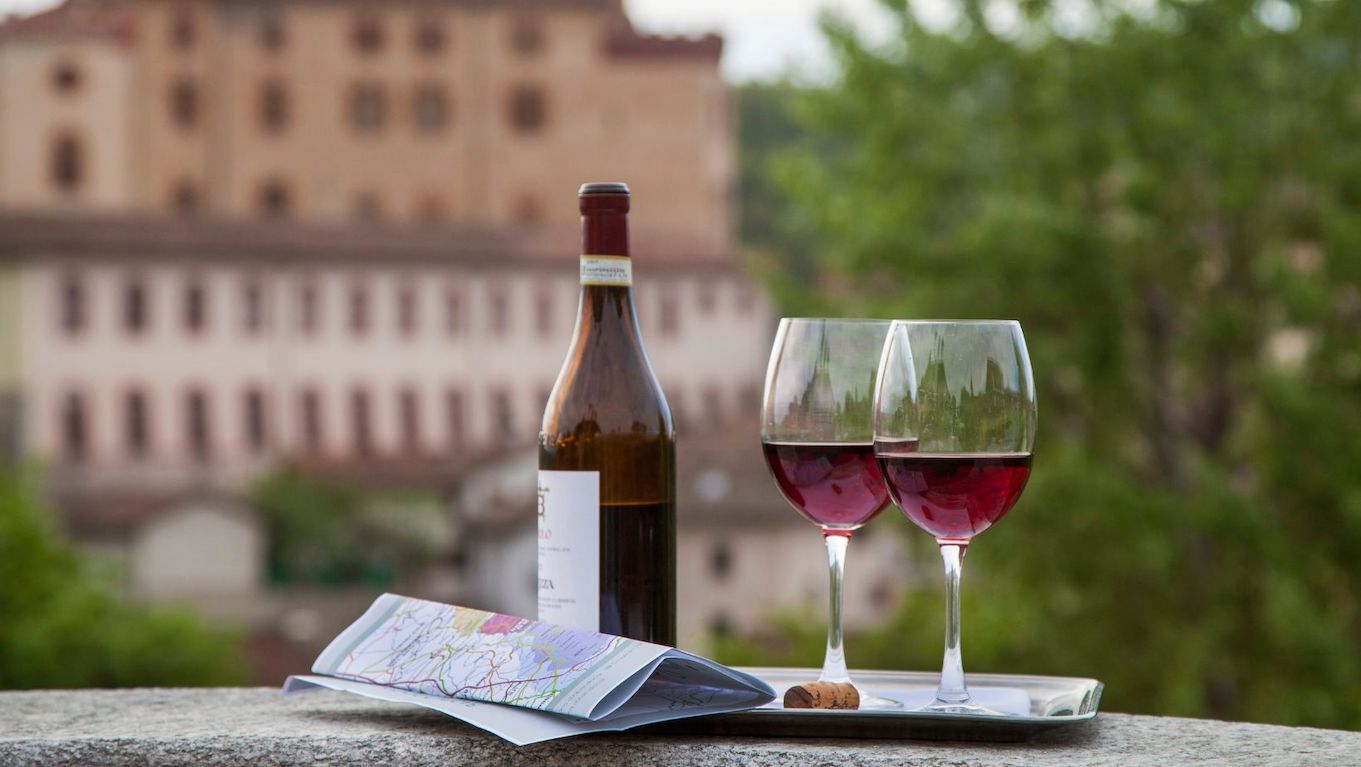
For Families and Multi-Generational Trips
Provide inclusive culinary experiences, such as a hands-on churros workshop, olive oil blending games, or a tomato tasting flight for kids. Select operators who limit the number of guests so that personalized attention is maintained and the food experiences feel customized rather than predetermined. Set up seated tastings for grandparents that allow for step-free access; comfort guarantees that everyone enjoys the food rather than the setup.
A 7-Day Market-to-Table Itinerary (Luxury Edition)
Day 1: Madrid Arrival—Vermouth & Tapas
Three delicate culinary experiences are interwoven: an early evening vermouth lesson, a guided afternoon stroll through Mercado de la Paz, and the progression of tapas.
Day 2: La Mancha Saffron & Manchego
A farmhouse Manchego tasting followed by a day trip to a saffron producer (season permitting)—culinary experiences that convey balance and breadth.
Day 3: Valencia—Paella by the Lagoon
Cook over orange wood, harvest rice lore, and boat across Albufera. Culinary experiences synchronized with fire and light on a rooftop at sunset.
Day 4: Priorat—Slate & Silence
Geology dictates the menu for culinary experiences such as a vineyard lunch under a pergola or a vertical tasting in a cellar from the 12th century.
Day 5: Barcelona—Modernist Counter
Urban culinary experiences with whimsical endings include a late-night chocolate and churros walk and a chef’s counter with seasonal tasting.
Day 6: San Sebastián—Pintxos & Sea
Sparkling outdoor culinary experiences include a market tutorial, a pintxos lab, and a coastal hike that culminates in a txakoli picnic.
Day 7: Jerez—Solera Secrets
Culinary experiences that hum with rhythm and depth include a sherry flight in a historic bodega and a flamenco-accompanied dinner.
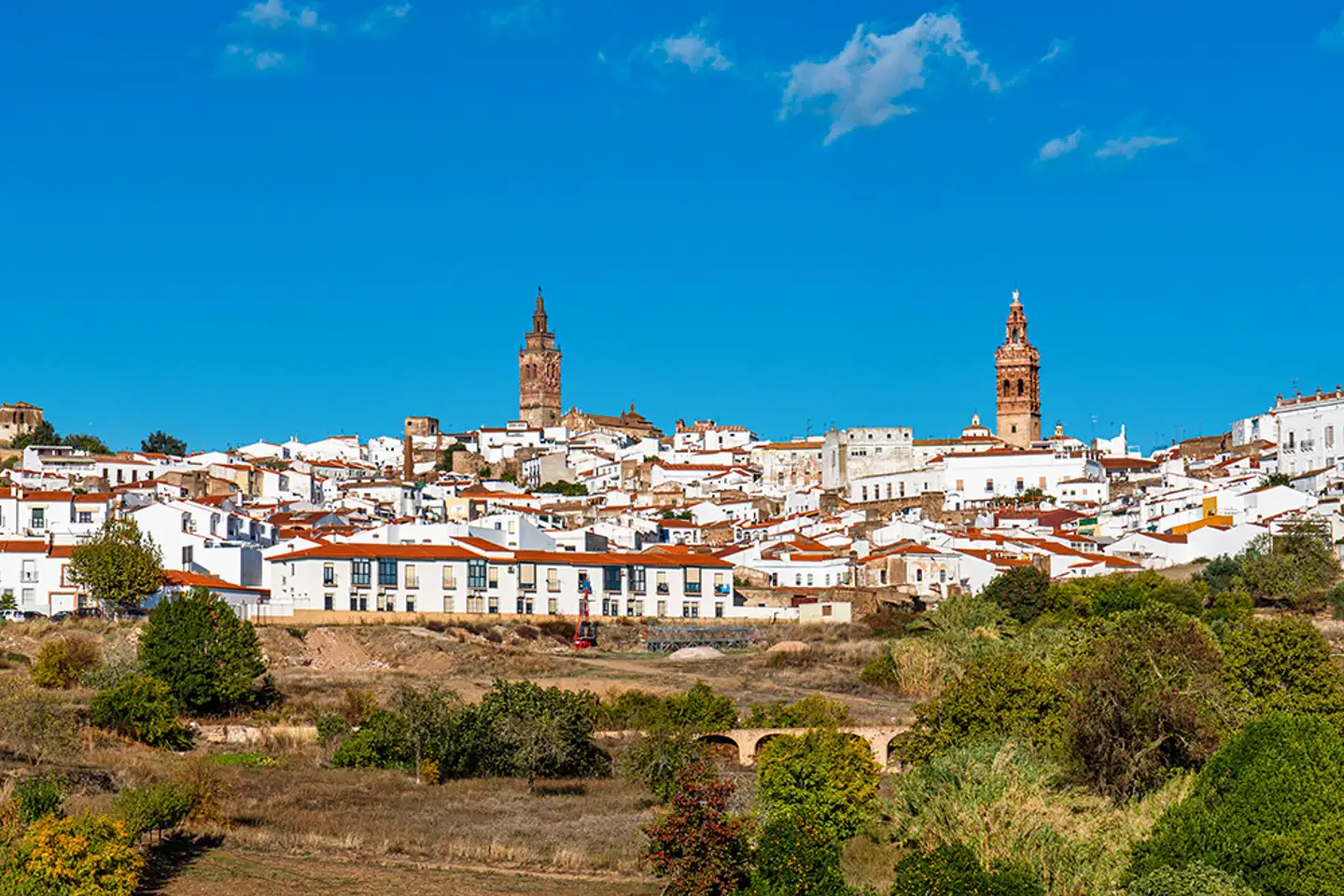
How to Vet Operators and Guides
- Provenance Protocol: Find out when and where ingredients are sourced. With pride and specificity, the best culinary experiences respond.
- Pedagogical Style: Look for instructors who use methods you can use at home. Moments become enduring culinary experiences thanks to transferable skill.
- Small groups maintain intimacy, so your culinary experiences shouldn’t feel hurried or packed.
- For the best culinary experiences, open and honest kitchen procedures are essential.
Elevating Your Photos and Notes (Without Losing the Moment)
Record one story per stop, such as the first hiss from a paella pan or the shine of freshly pressed oil. After that, put the phone away. The luxury that gives culinary experiences their true resonance is presence.
The Language of Spanish Menus—A Fast Glossary
- Full or half portions; sharing meals transforms them into social culinary experiences.
- When looking for fire-forward culinary experiences, look for wood-grilled food, or “a la brasa.”
- Tasting menus are ideal for planned culinary experiences that highlight seasonality.
- Km 0: Responsible culinary experiences are characterized by locally sourced ingredients.
Gourmet Souvenirs to Bring Home
- Harvest date and cultivar information on the label of Extra Virgin Olive Oil (harvest 2026) help you recall your culinary experiences.
- Conservas: Tuna belly, razor clams, and mussels are upscale pantry items that enhance culinary experiences outside of the trip.
- Threads and tins that mimic the color and scent of saffron and paprika are tiny mementos of your culinary adventures.
- Artisan Cheese: Manchego or Idiazabal that has been vacuum-sealed extends the enjoyment of your culinary experiences.
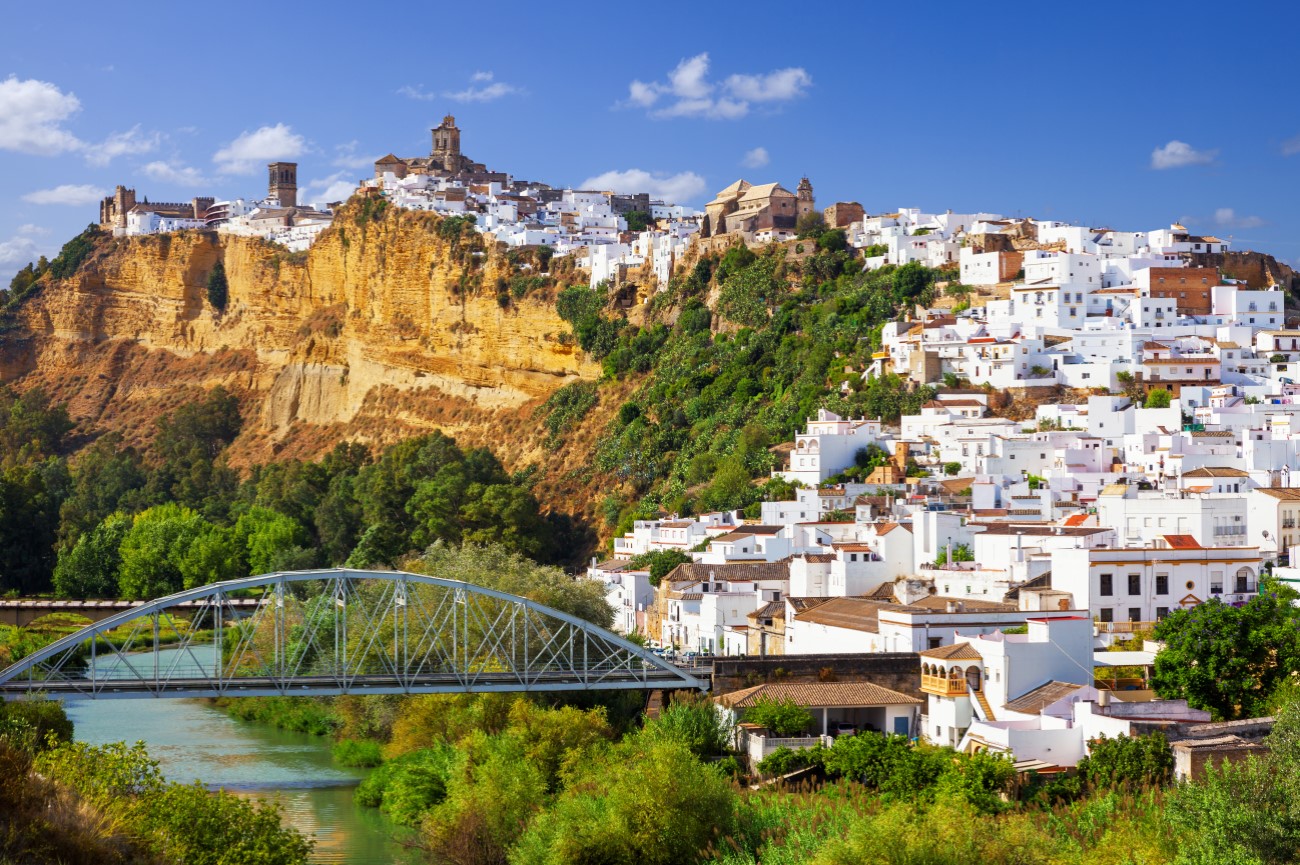
Responsible Indulgence: Health, Allergies, and Accessibility
Notify guides ahead of time of any allergies or preferences. Low-alcohol pairings, pescatarian tasting menus, and gluten-free pintxos are examples of the best culinary experiences that adapt without sacrificing craft. Request seating and breaks; opulent culinary experiences place equal value on comfort and flavor.
Booking Smart: Contract Details and Insurance
Verify weather contingencies, cancellation policies, and replacements. Think about purchasing travel insurance that covers private lessons and nonrefundable tastings for expensive culinary experiences. To ensure that your culinary adventures are enjoyable from the deposit to the dessert, request written confirmations and an itemized list of inclusions.
Insider Touches That Transform Good into Sublime
- Pre-order Bread & Oil Flights: For palate-calibrating culinary experiences, begin with three oils and two breads.
- Chef’s Notebook: Ask your host to sign recipes so they can be preserved as mementos of your culinary adventures.
- Golden Hour Timing: Food experiences feel most cinematic during market walks that are scheduled close to opening or closing.

Frequently Asked Questions (2026 Edition)
How far in advance should I book?
Aim for three to six months for elite guides and peak seasons. Longer lead times may be necessary for boutique culinary experiences that incorporate truffle or harvest ingredients.
Can I plan great experiences without renting a car?
Indeed. Numerous dining experiences begin in urban areas close to public transportation or provide chauffeured transfers. The day runs smoothly thanks to private drivers.
What if I don’t drink alcohol?
Ask for zero-proof pairings; Spanish sommeliers and bartenders create intricate substitutes to ensure your gastronomic adventures are comprehensive.
Are children welcome?
Choose family-friendly operators; brief, interactive culinary adventures keep young visitors interested and prevent boredom.
Design Your Market-to-Table 2026 Journey
Travelers who are hungry and attentive are rewarded by Spain. You’re creating culinary experiences that encapsulate a nation’s spirit when you piece together markets, farms, wineries, and kitchens rather than scheduling activities. Visit the Haute Retreats to find inspiration for custom villa bases, private chefs, and smooth logistics that preserve the spontaneity of your culinary adventures. Markets, wineries, sea breezes, and candlelight await you at your table.
Click here to Discover Spain Villas
Conclusion: Beyond Spain—Expand Your Palate
If Spain has piqued your interest, think about expanding your Mediterranean and international culinary explorations. Market-to-table culinary experiences abound around the world, from island harvest feasts in the Aegean to truffle hunts in Piedmont. Continue reading about elegant travels and fine dining accommodations on the Haute Retreats blog, which serves as your ticket to carefully chosen dining experiences wherever you go.







